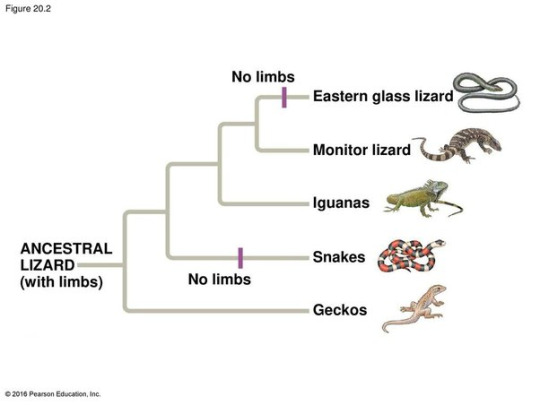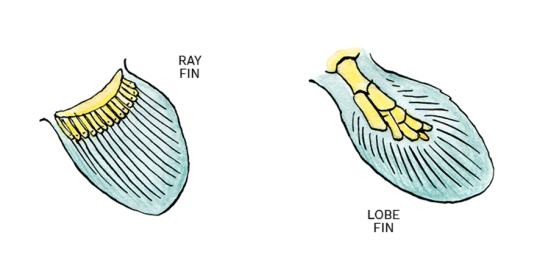Don't wanna be here? Send us removal request.
Text
The nagging need to breathe is activated from a cluster of neurons called the central chemoreceptors, located at the base of the brain stem.
When we’re breathing too slowly and carbon dioxide levels rise, the central chemoreceptors monitor these changes and send alarm signals to the brain, telling our lungs to breathe faster and more deeply. When we’re breathing too quickly, these chemoreceptors direct the body to breathe more slowly to increase carbon dioxide levels. This is how our bodies determine how fast and often we breathe, not by the amount of oxygen, but by the level of carbon dioxide.
Chemoreception is one of the most fundamental functions of life. When the first aerobic life forms evolved two and a half billion years ago, they had to sense carbon dioxide to avoid it. [...] As humans evolved, our chemoreception became more plastic, meaning it could flex and shift with changing environments. It’s this ability to adapt to different levels of carbon dioxide and oxygen that helped humans colonize altitudes 800 feet below and 16,000 feet above sea level.
2 notes
·
View notes
Text
bees are positively charged and pollen is negatively charged, which is how the pollen sticks to the bee! this adds a whole new meaning to bee positive
2 notes
·
View notes
Text
apparently emperor penguins aren't that tall?? they're only 3.6 to 4.3 feet tall??? that's your average seven year old. never would have thought.
1 note
·
View note
Note
I wonder what the deal is with legless lizards vs snakes? Where and why is the distinction drawn between the two?
If you're interested in researching this topic I'd love to know :~)
Short answer:
Legless Lizards have earholes and eyelids while snakes have neither.
Long answer:
They have evolved to have similar features through convergent evolution (where different features evolve through separate selection pressures EX: wings on bats, birds and insects). The legs slowly evolved away because these types of lizards typically live in and around the dirt, and lizards that had smaller legs were able to ‘swim’ in the dirt and survive and reproduce better. This same process occurred about 100 to 150 million years ago for snakes. Thus, the convergent evolution, as we can see that this evolutionary pattern occurred twice.
Here's a simplified cladogram for a visual

#Things ya should know#reptilia#snakes#lizards#legless lizard#asks#biology#evolution#zoology#morphology
23 notes
·
View notes
Text
louder for the people in the back
Lobe finned versus ray finned fish

Short answer: ray finned fish evolved from from lobe finned fish
Long answer: Lobe finned fish were dominant for a long time in the waters before they climbed up onto land and evolved into you, dear reader. This occurred around 400 MYA (million years ago). Sometime before that, about 348 MYA, ray finned fishes had evolved, but remained relatively small. This was until the permian mass extinction (290-245 MYA), when many lobe finned fish died out, and ray finned fishes (teleosts) were left to flourish and evolve to fill the empty evolutionary niches. The only lobe finned fish left behind today are the elusive coelacanths and lungfish.
@marinebiologyshitposts @fuckyeahcoelacanths
1K notes
·
View notes
Text
Lobe finned versus ray finned fish

Short answer: ray finned fish evolved from from lobe finned fish
Long answer: Lobe finned fish were dominant for a long time in the waters before they climbed up onto land and evolved into you, dear reader. This occurred around 400 MYA (million years ago). Sometime before that, about 425 MYA, ray finned fishes had evolved, but remained relatively small. This was until the permian mass extinction (290-245 MYA), when many lobe finned fish died out, and ray finned fishes (teleosts) were left to flourish and evolve to fill the empty evolutionary niches. The only lobe finned fish left behind today are the elusive coelacanths and lungfish. ***AND*** as the awesome people in the notes would like me to add, all tetrapods (tetra meaning four, pod meaning foot) are phylogenetically lobe finned fishes as well. this means amphibians, reptiles, and mammals.
@marinebiologyshitposts @fuckyeahcoelacanths
#marine biology#lobe finned fish#ray finned fish#coelacanth#evolution#science#things ya should know#zoology#biology#ecology#animal facts#animals
1K notes
·
View notes